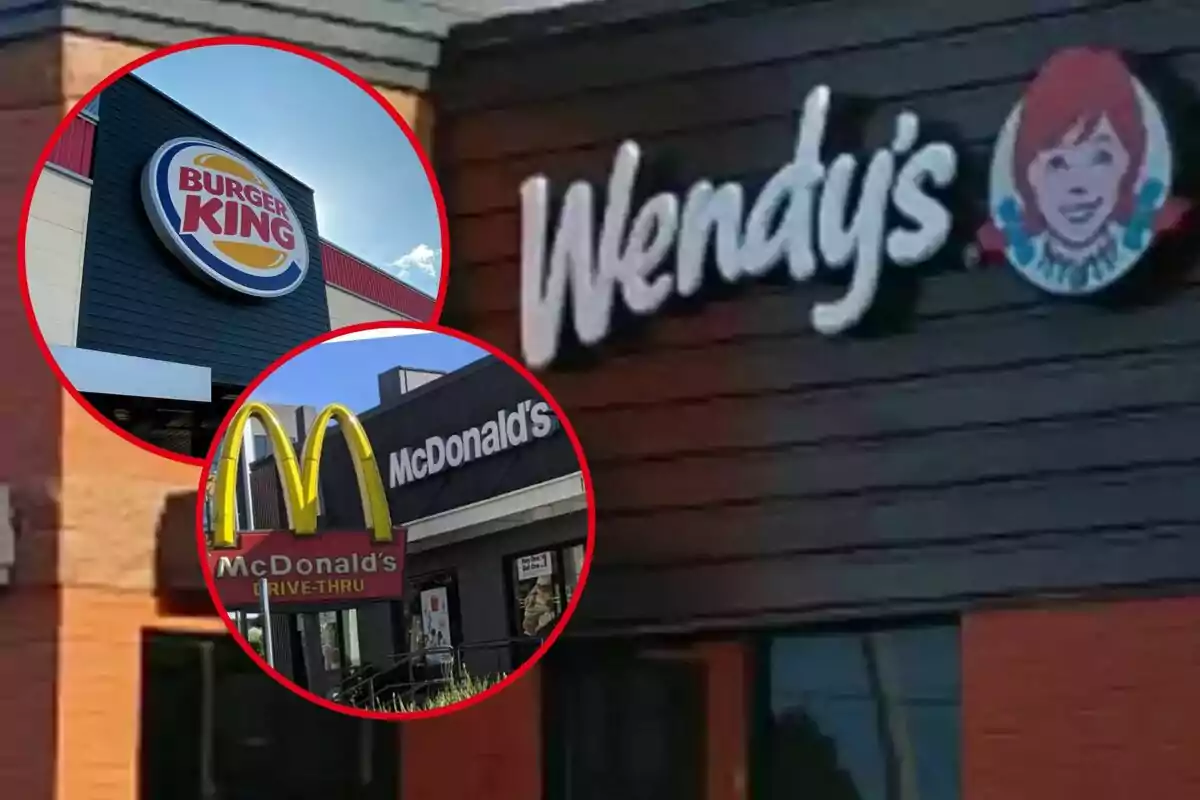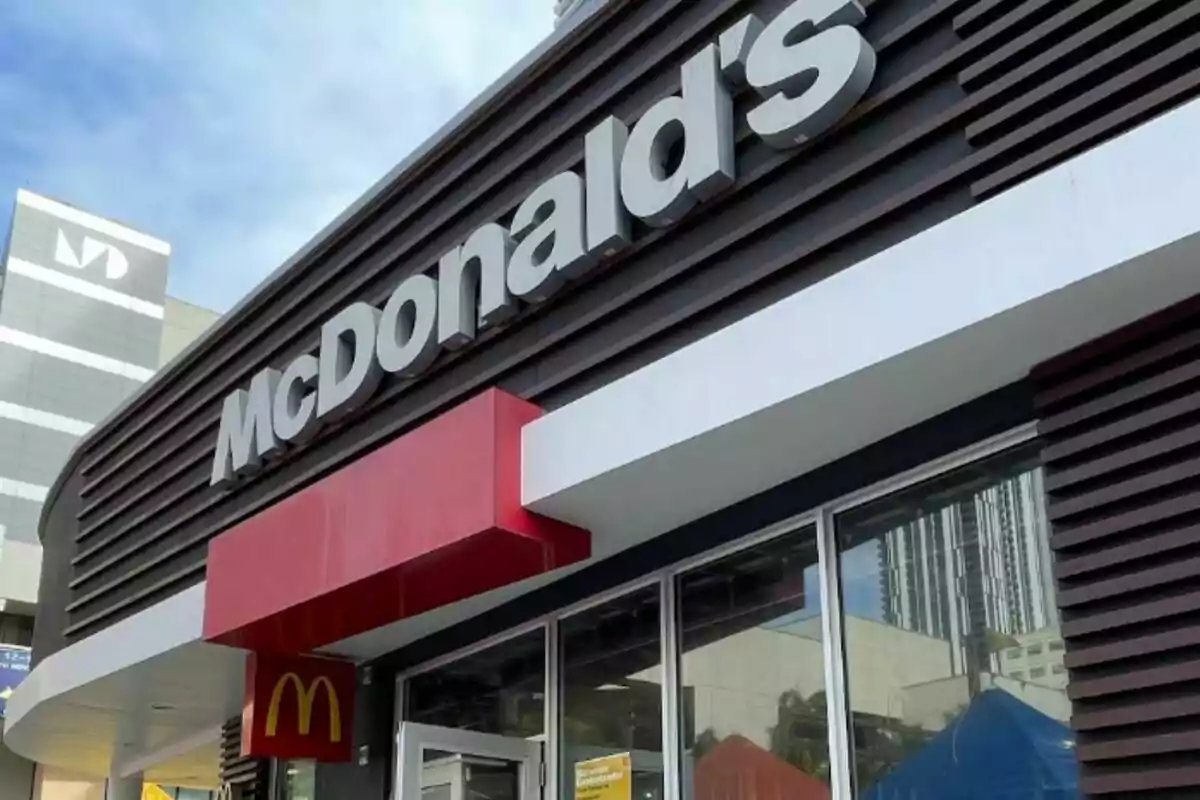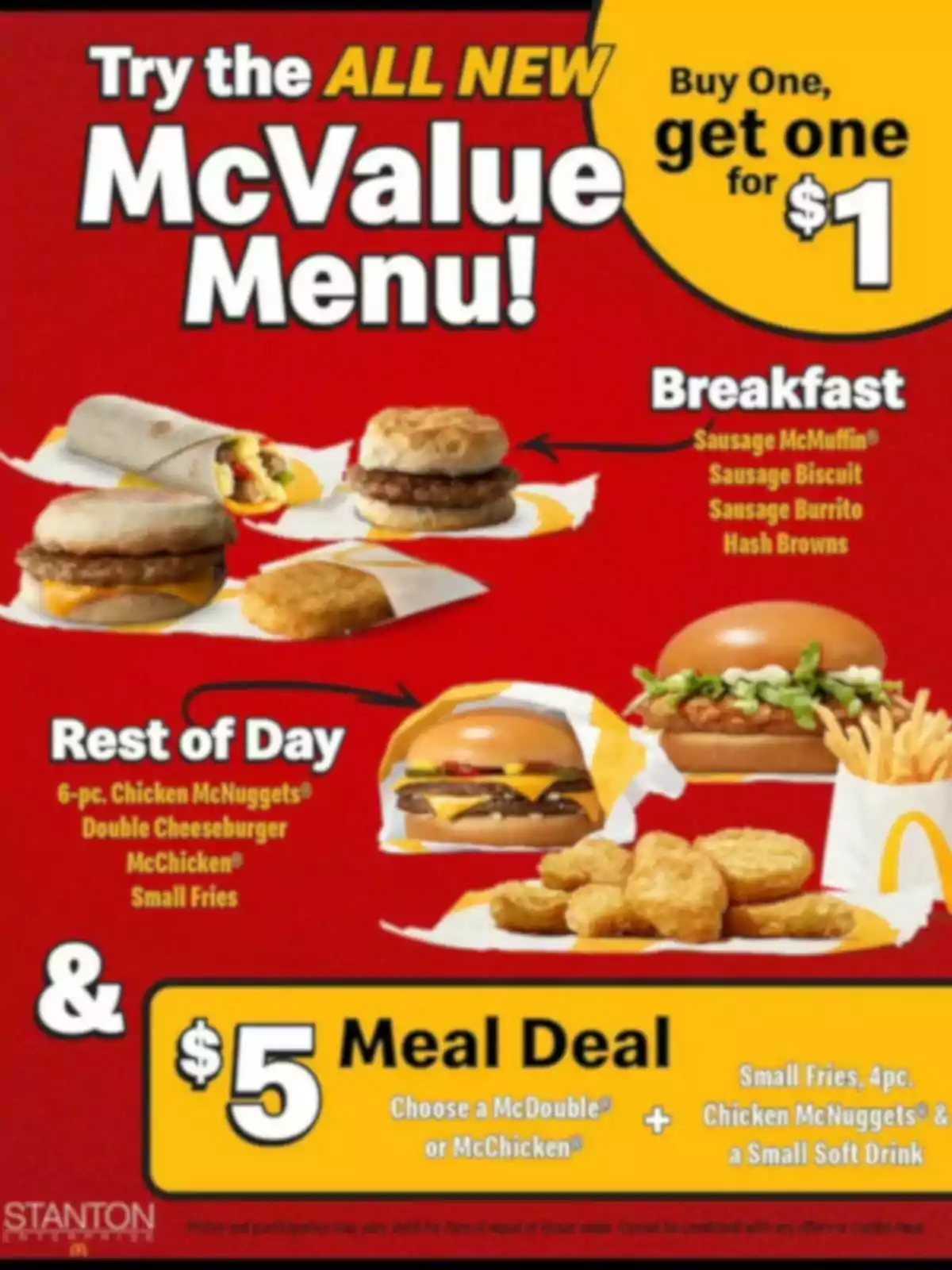
Shock at Burger King and Wendy's: McDonald's lowers the price of its combo meals
McDonald’s chain is facing a key moment in the competitive fast food market in the United States
Competition in the fast food sector is going through a crucial moment. The U.S. market has seen chains try to adapt to changes in consumption and the pressure of inflation.
McDonald’s has announced a significant drop in the price of their combo meals, which until now had reached controversial figures at some points of sale. A Big Mac meal, which could cost $18 at a location in Connecticut, will now be around $8.50. The measure aims to attract customers who in recent months had reduced their visits due to the widespread increase in prices.

A strategy to win back customers
The U.S. chain intends to apply this reduction nationwide starting next month. The discounts will cover iconic products such as the Big Mac, Chicken McNuggets, Quarter Pounders with cheese, or McCrispy chicken sandwiches. Breakfast options like the Egg McMuffin and other morning sandwiches will also be included, according to The Wall Street Journal.
The offer schedule includes very specific prices that will last until at least the beginning of 2026. In September, customers will find a Sausage Egg McMuffin for $5 and a Big Mac with a drink and fries for $8. In November, a sausage, egg, and cheese McGriddle will cost $5, while a 10-piece McNuggets meal will be $8.
The decision was not made unilaterally. For weeks, the company kept talks with franchisees, who control about 93% of the more than 38,000 locations McDonald’s has around the world, according to Investopedia. To reach the agreement, the parent company in Chicago committed to cover part of the losses that operators might have with the discounts.

Impact on the fast food industry
The move comes at a time when restaurant traffic in the United States is declining. A report from Newsweek indicated that in the first quarter of this year, Americans consumed one billion fewer meals away from home than the previous year. The company’s own CEO, Chris Kempczinski, acknowledged in statements collected by QSR Magazine that traffic in the locations was not the desired one during the first half of the year.
Direct competitors, such as Burger King and Wendy’s, are watching this strategy closely, as it could force them to react with similar adjustments. The lower purchasing power of lower-income consumers has brought many meals home, while middle and upper classes keep their visits, according to Restaurant Business. This difference marks a significant challenge for the entire fast food industry.

Meanwhile, McDonald’s continues to strengthen their mobile app with exclusive promotions aimed at building customer loyalty. At the beginning of the year, they introduced a McValue menu with offers like "buy one and get the second for a dollar," along with other benefits for breakfast, lunch, and dinner, Fox Business recalled. The goal is to improve the value perception of a brand that in the last five years has seen their prices rise continuously.
Previous price increases explain the need for this new pricing policy. According to data from Technomic,the average price of a Big Mac meal in the United States is $10.53, although in airports and stations it can reach $19. This difference caused criticism and image damage that McDonald’s now seeks to reverse with their accessibility and daily value campaign.
More posts: